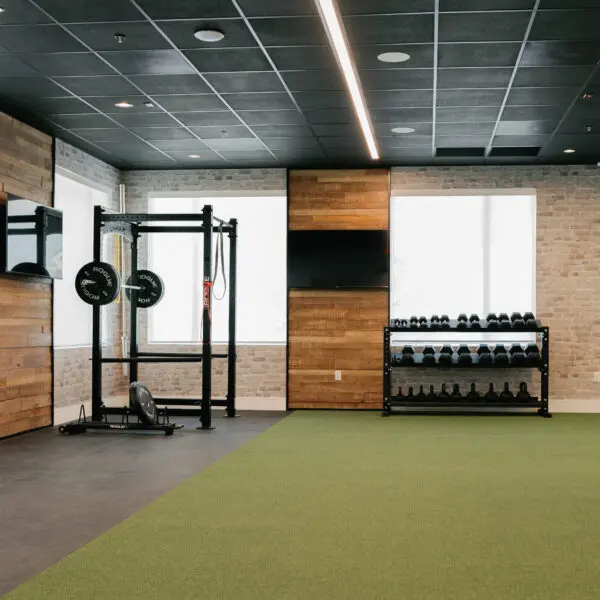Abstract
Objective To compare, in young active adults with an acute anterior cruciate ligament (ACL) tear, the mid-term (five year) patient reported and radiographic outcomes between those treated with rehabilitation plus early ACL reconstruction and those treated with rehabilitation and optional delayed ACL reconstruction.
Design Extended follow-up of prospective randomised controlled trial.
Setting Orthopaedic departments at two hospitals in Sweden.
Participants 121 young, active adults (mean age 26 years) with acute ACL injury to a previously uninjured knee. One patient was lost to five year follow-up.
Intervention All patients received similar structured rehabilitation. In addition to rehabilitation, 62 patients were assigned to early ACL reconstruction and 59 were assigned to the option of having a delayed ACL reconstruction if needed.
Main outcome measure The main outcome was the change from baseline to five years in the mean value of four of the five subscales of the knee injury and osteoarthritis outcome score (KOOS4). Other outcomes included the absolute KOOS4 score, all five KOOS subscale scores, SF-36, Tegner activity scale, meniscal surgery, and radiographic osteoarthritis at five years.
Results Thirty (51%) patients assigned to optional delayed ACL reconstruction had delayed ACL reconstruction (seven between two and five years). The mean change in KOOS4 score from baseline to five years was 42.9 points for those assigned to rehabilitation plus early ACL reconstruction and 44.9 for those assigned to rehabilitation plus optional delayed reconstruction (between group difference 2.0 points, 95% confidence interval -8.5 to 4.5; P=0.54 after adjustment for baseline score). At five years, no significant between group differences were seen in KOOS4 (P=0.45), any of the KOOS subscales (P=0.12), SF-36 (P=0.34), Tegner activity scale (P=0.74), or incident radiographic osteoarthritis of the index knee (P=0.17). No between group differences were seen in the number of knees having meniscus surgery (P=0.48) or in a time to event analysis of the proportion of meniscuses operated on (P=0.77). The results were similar when analysed by treatment actually received.
Conclusion In this first high quality randomised controlled trial with minimal loss to follow-up, a strategy of rehabilitation plus early ACL reconstruction did not provide better results at five years than a strategy of initial rehabilitation with the option of having a later ACL reconstruction. Results did not differ between knees surgically reconstructed early or late and those treated with rehabilitation alone. These results should encourage clinicians and young active adult patients to consider rehabilitation as a primary treatment option after an acute ACL tear.
Trial registration Current Controlled Trials ISRCTN84752559.
The above abstract is pretty interesting and has confirmed some of my suspicions. I know that certain patients can get by with escaping the need for an ACL reconstruction. I have seen many patients do fine without ACL repair but there is usually a hesitation on not doing surgery. I still feel that a professional athlete will need ACL surgery but now I am not so sure in the rest of the population including those who are very active. Unlike many of the other physicians in the regenerative medicine and stem cell field I am an orthopedic surgeon and usually know the inns and outs of bad knee injuries. For instance a significant meniscus tear and an ACL injury is not going to do well without surgery.
Now comes the exciting part. I have treated a number of patients with MRI proven ACL tears with combinations or PRP and Stem Cells with excellent results. I had one young Brazilian lad we treated in this fashion and he was back playing soccer in 6 weeks. I suspect the use of PRP and Stem cells would make the results of the above study even better. Given the results of the above report I will probably widen my indications for using stem cells in ACL injuries but I will still proceed with caution. Thanks Dr.P














